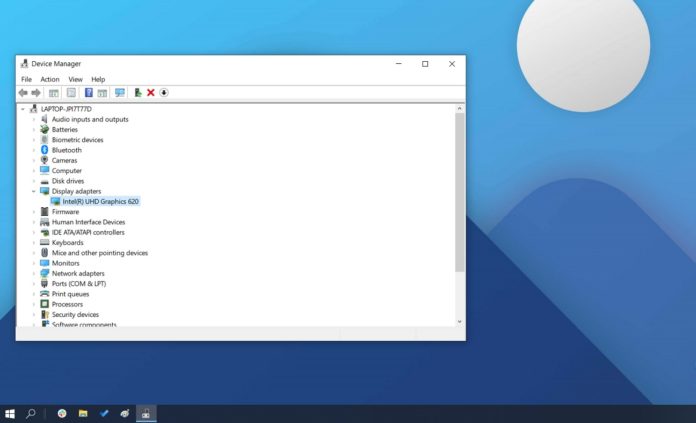Microsoft ships Windows 10 with a wide range of device drivers that allow the system to work with specific hardware such as network adapter, graphics card, storage, and also the peripherals, including touchpad, keyboards or mouse.
On Windows 10, Microsoft uses Windows Update to detect and install appropriate drivers for connected hardware. While drivers are important for better performance and security, some drivers have been trashing Windows 10.
Last year, drivers from Intel and other manufacturers caused endless problems for users. On several occasions, the drivers killed audio, caused system crashes, slow performance and other annoying problems. The drivers also prevented some users from updating Windows 10 due to compatibility problems.
In January 2020, Microsoft said hardware partners can now ask them to block Windows 10 feature upgrades on a PC running incompatible driver. Previously, only Microsoft was determining and blocking Windows 10 feature updates due to driver compatibility issues, which resulted in widespread problems.
In February, Microsoft started rolling out new optional drivers update experience to a small group of Windows 10 testers.
The Redmond firm has now quietly announced yet another significant change to improve drivers updates on Windows 10.
Previously, all Windows 10 computers received major or minor driver updates automatically via Windows Updates. The driver updates were released on the same day for everyone, but Microsoft is now switching to a new approach.
Microsoft says it will roll out drivers updates in a phased manner, which means the driver will first show up on active devices before rolling out to everyone, as that helps in getting focused diagnostic data, particularly with regards to compatibility.
The devices, which are considered ‘highly active’ and there is a higher chance of getting diagnostic data, will receive the driver updates first.
“It targets specific clusters of HWID/CHID combinations so that the driver’s quality can be evaluated in a way that evenly represents the total device population,” Microsoft said.
On the basis of the feedback from the first set of devices, Microsoft will approve or reject wider rollout of Windows 10 driver updates. According to Microsoft, this approach ensures the highest level of quality updates for all consumers.
With all these changes, Microsoft is aiming to improve the driver and Windows Update experience. In the coming months, you can expect fewer driver issues on your Windows PC and also faster performance due to increased compatibility.






















